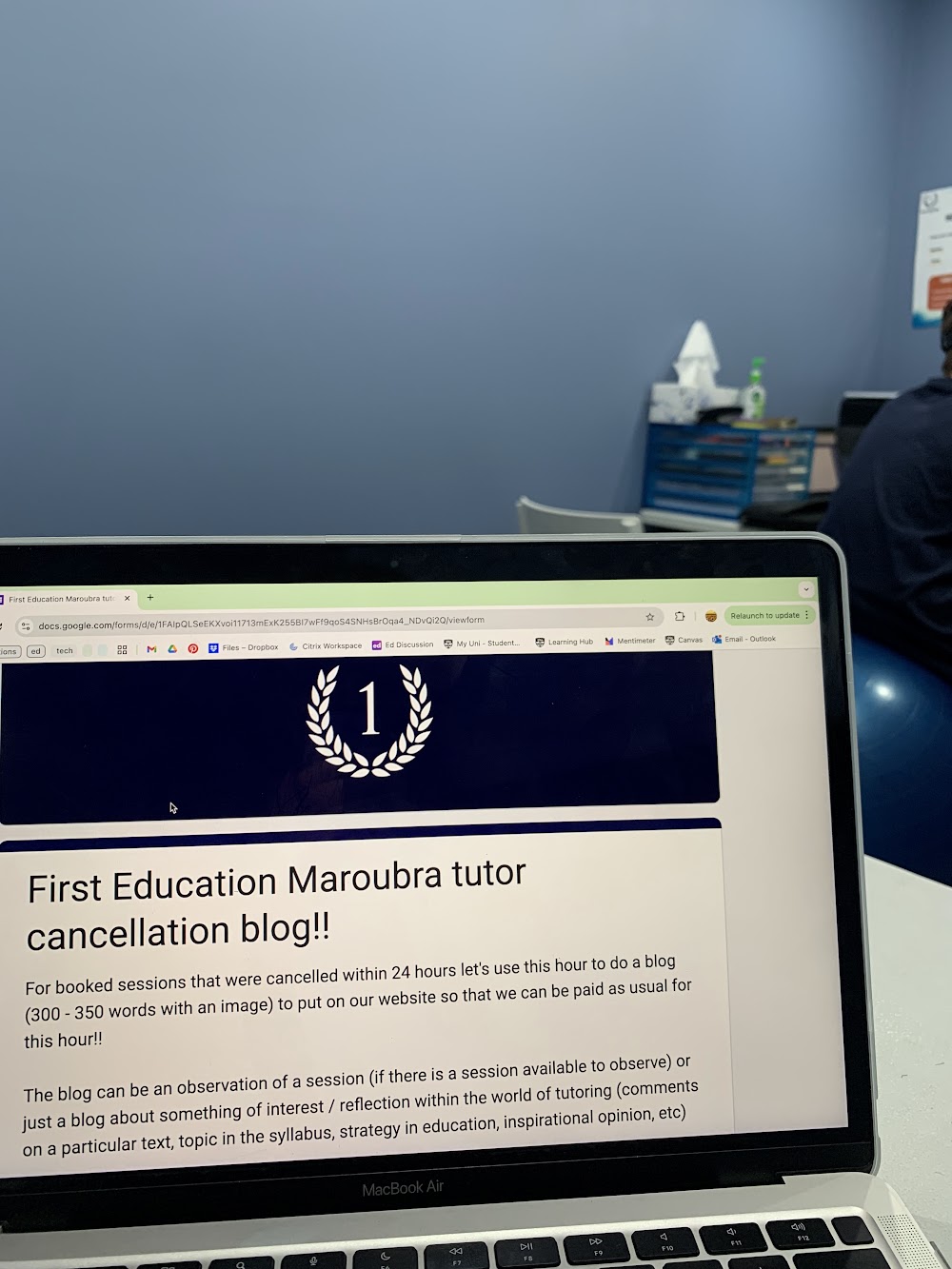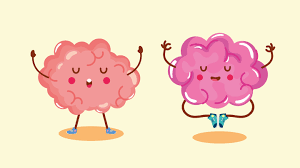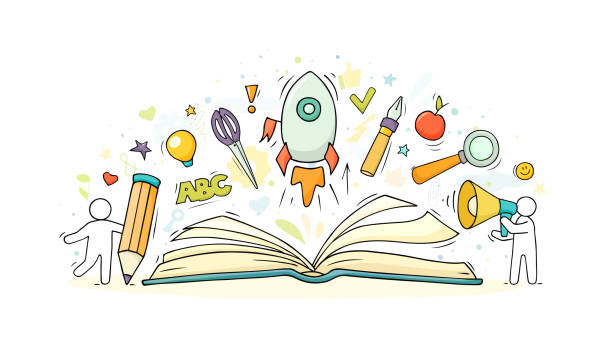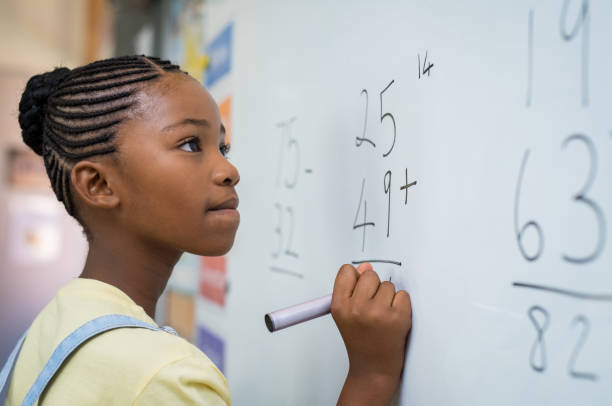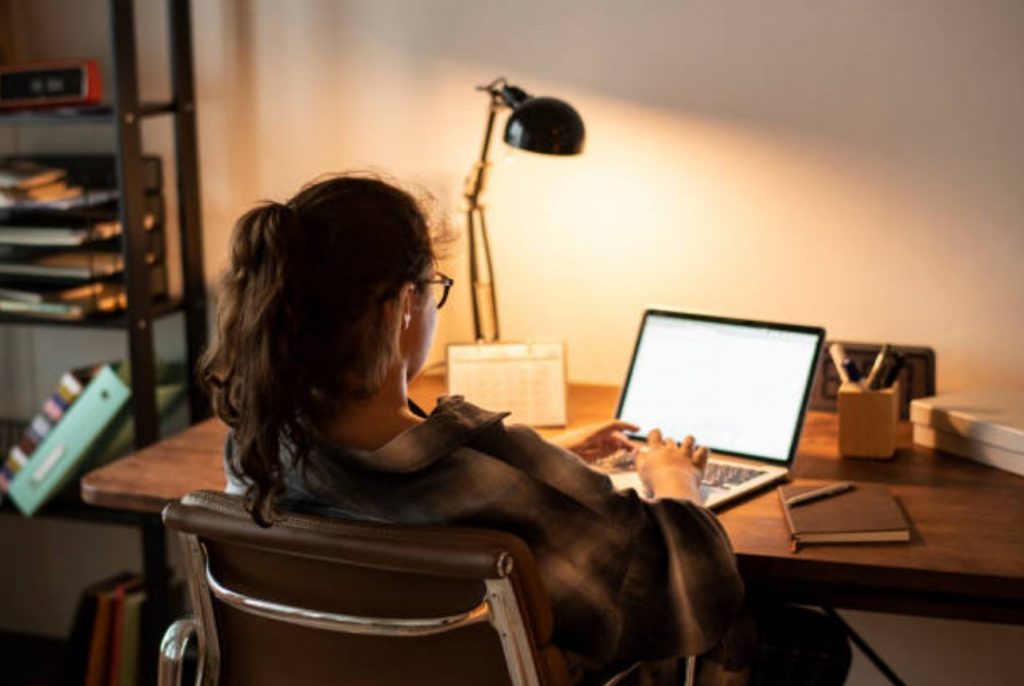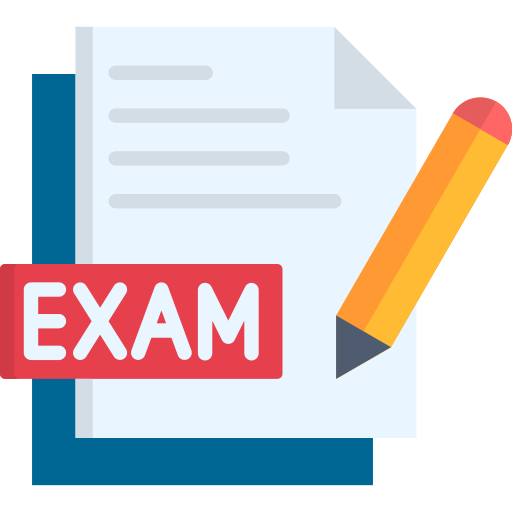
As we begin Term 4, a lot of students start to have their final exam blocks upcoming, and I can definitely sense the mix of pressure and panic that comes with it. It has led me to reflect on how our tutoring sessions change in the lead-up to exams, as the focus shifts from learning new concepts to refining confidence, strategy, and timing. Over time, I’ve learned that successful exam preparation isn’t just about doing as many practice papers as possible. It’s about being deliberate with how students approach them. I always encourage students to review why they got something wrong, rather than just redoing questions until they get them right. When they understand the reasoning behind their mistakes, they’re far less likely to repeat them under exam stress.
Another strategy that really helps is building a routine. I find that setting up small, focused study goals, for example “revise two topics this week” or “complete one timed section”, makes the process feel more achievable. It also helps students visualise their progress, which boosts their confidence. Often, we break questions down into levels of difficulty, starting with the easy ones to build momentum before tackling the harder ones. This approach mirrors the structure of most exams and helps students manage their time and energy on the day.
Often, the most overlooked part of exam prep is the student’s mindset. I find that it is important to remind students that feeling nervous is normal. However, it is also important to keep the anxiety in check. A lot of the time, most of the panic can be eased with preparation. When they’ve practised enough, reviewed their weaknesses, and built strategies that work for them, the fear begins to fade.
Katreen Diab


